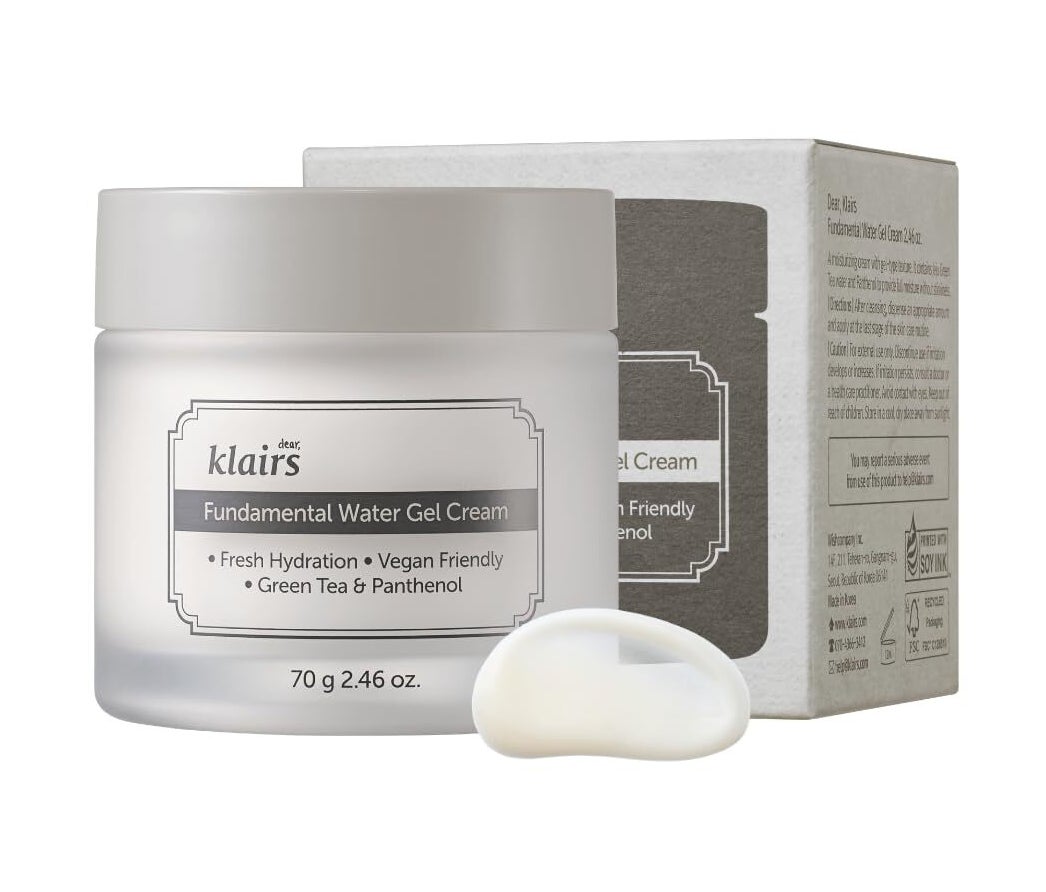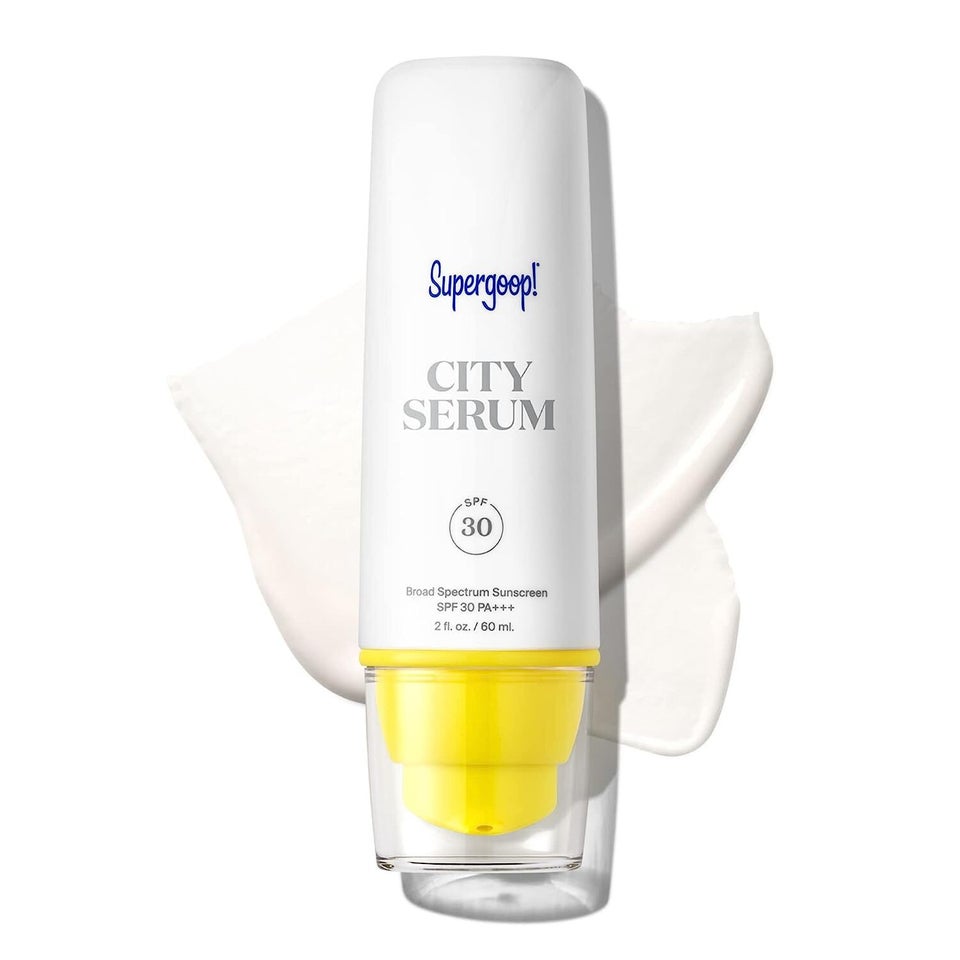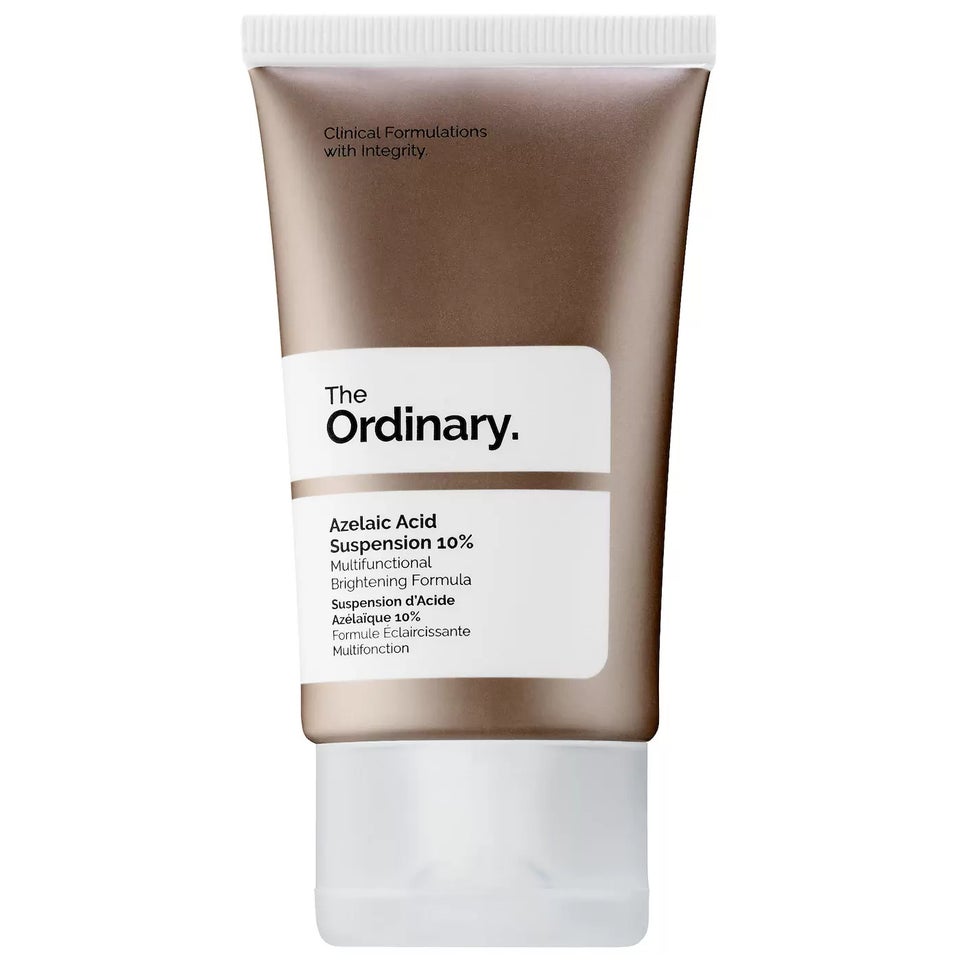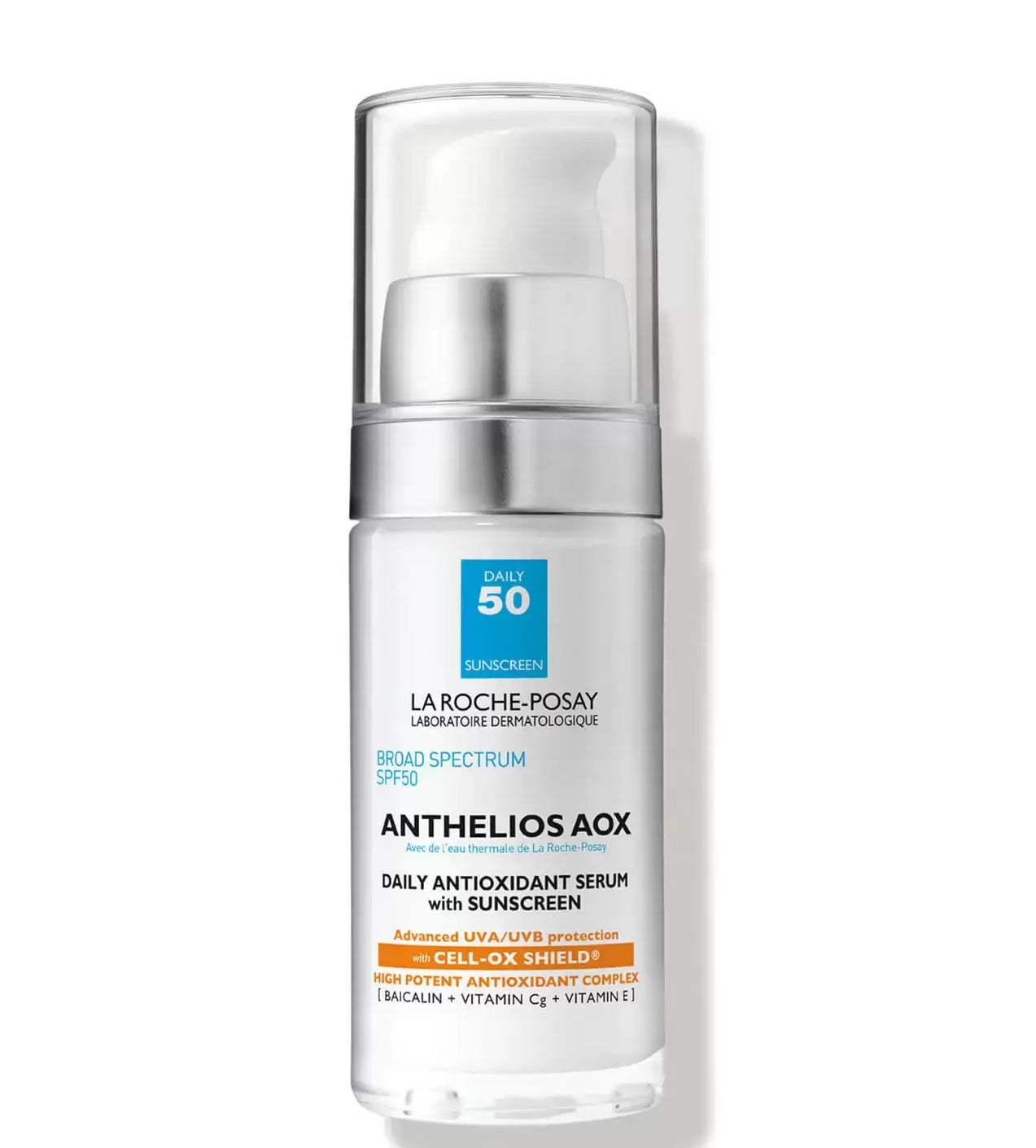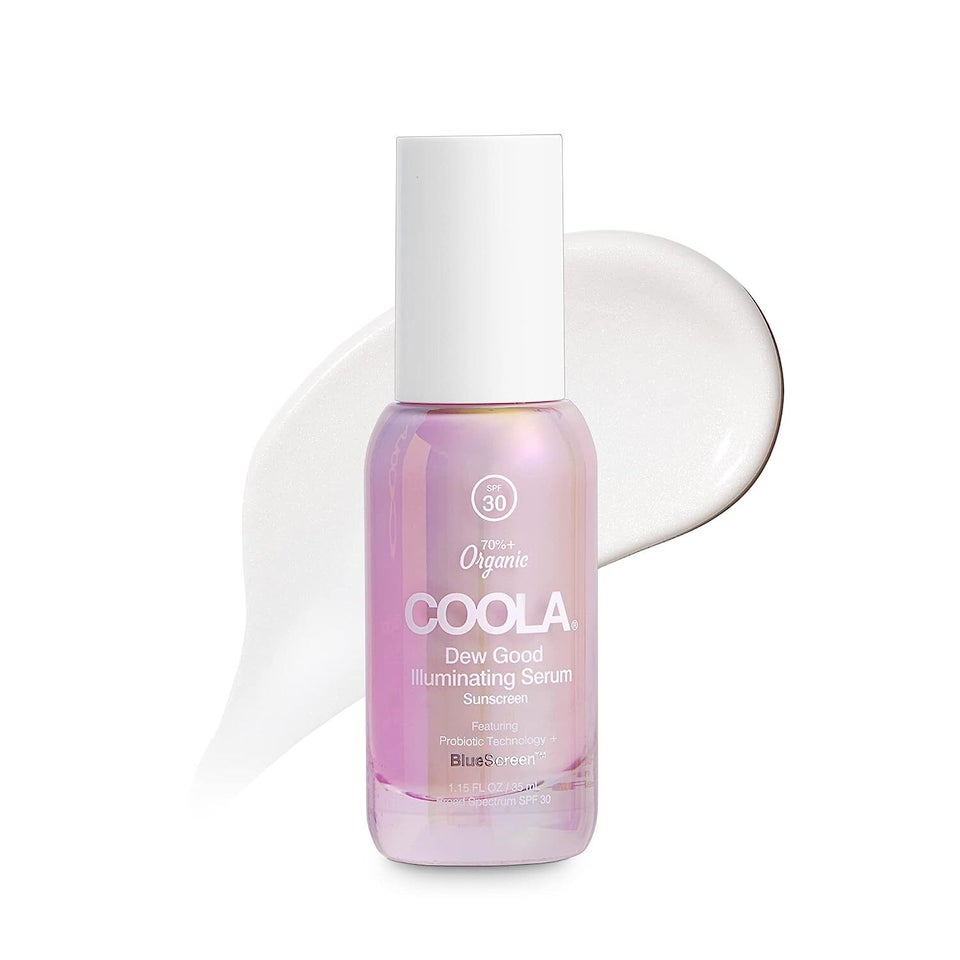[ad_1]
Back in the mid-aughts, I was diagnosed with rosacea subtype 2 — the papulopustular kind with bumps that look like acne — and it’s been a struggle to find products that don’t make my rosacea worse. In an effort to narrow down what triggers my flare-ups, I’ve seen so many dermatologists, taken antibiotics, tried supplements, used prescription topicals and kept a decade-long detailed spreadsheet of every single product and ingredient I put on my face (I can’t even look at niacinamide or salicylic acid without breaking out all over).
Part of what makes the condition so annoying to deal with it that there’s no one-size-fits-all solution. Even certain products that are commonly recommended for people with rosacea — such as mineral sunscreens, CeraVe and redness-relieving creams — make mine so angry. The fact that there are still several different theories about what causes rosacea, from gut health and immune system issues to the small mites that live in everyone’s skin, doesn’t always help narrow things down, either. Common triggers can be physical, topical, emotional, weather- and food-related and beyond, and so many things touch our faces, from skin care to laundry products on our pillowcases.
“Tolerability of products and triggers of rosacea are very individualized,” agreed Dr. Julie C. Harper, founder of the Dermatology and Skin Care Center of Birmingham in Alabama and a member of the National Rosacea Society’s medical advisory board. “What aggravates rosacea in one person does not predictably aggravate rosacea in everyone. It is probably most important that individuals keep a log or journal of what predictably triggers their rosacea and then avoid that.”
I’ve finally made progress to the point that most days, I don’t have much visible rosacea, if any. One thing I’ve found is that my skin thrives when I’m using lightweight products that aren’t heavy or occlusive. For lack of a better word, my skin seems to like more “breathable” water-based products rather than those typically recommended for people with compromised skin barriers.
I asked Harper why that might be the case, since it seems to run counter to so much common advice for “rosaceans.”
“It may be the circumstances that prompt you to use the occlusive agents that are actually the trigger,” she said. “For example, people frequently attribute a flare of rosacea to sunscreen but it is more likely that the trigger is sunlight itself or even heat. We are also more likely to reach for occlusive agents when our skin feels dry or when we are dealing with cold temperatures and low humidity. Cold, dry air is tough on the skin, disturbing the skin barrier, which is a known trigger for rosacea. Lastly, occlusive agents and thicker products, like sunscreens with a lot of zinc oxide, can be harder to remove from the skin. People may be more likely to use a more aggressive cleanser or skin care product to try to get the skin to feel clean. This can also disrupt the skin barrier and trigger a flare of rosacea.”
In other words, there’s more for me to try to figure out now, but that’s a helpful start in understanding why my skin is so much calmer when I’m using certain products rather than others. I’ve learned to reach for light formulas focused on aloe or green tea and with a relatively minimal list of ingredients — the more things a formula contains, after all, the more likely it is to include a trigger.
“If a product or an ingredient seems to trigger a rosacea flare, then avoid it,” Harper said. “There are lots of good skin care products to choose from.”
Although what works for me may not work for someone else with rosacea or sensitive skin, I do know that reading about what’s been successful for other people sent me down some fruitful paths in my own trigger-elimination-slash-face-soothing journey. Here are the very few products I allow to touch my skin these days. My face is clearer than it has ever been since I got rosacea, and maybe there’ll be something here that helps yours improve, too.
HuffPost may receive a share from purchases made via links on this page. Every item is independently selected by the HuffPost Shopping team. Prices and availability are subject to change. Experts we consulted for this story do not necessarily endorse the products ahead.
First Aid Beauty Pure Skin face cleanser
E.L.F. Holy Hydration hydrating serum
Dear Klairs Fundamental Water gel cream
Neocutis Lumière Firm Illuminating and Tightening eye cream
Supergoop City Serum SPF 30
I’ve tried hundreds and hundreds of facial sunscreens over the course of my life with rosacea, and this is by far the best daily version for me yet. It’s lightweight, hydrating and non-greasy and truly disappears into my skin in terms of feel, but I can tell its broad-spectrum formula is actually working because the usual pink on my cheeks has been almost entirely reduced despite the fact that I live under the constantly blazing Miami sun. It’s got gentle antioxidants including vitamins E and B5, plus helpful friends like allantoin along for the ride, but doesn’t contain a whole laundry list of potentially irritating unnecessary ingredients. For me, it’s the best combination of effective but minimalist.
The Ordinary Azelaic Acid Suspension 10%
La Roche Posay Anthelios AOX daily antioxidant serum SPF 50
On days when I know I need a higher SPF, I reach for this oil-free serum-style fluid from La Roche-Posay. Some forms and concentrations of vitamin C are a little too strong for my rosacea, but this formula uses ascorbyl glucoside, which is especially stable and thankfully water-soluble, and so far it seems to be non-irritating. (Fellow antioxidant vitamin E is the fourth-listed ingredient after the active sunscreen filters, which is nice.) This formula isn’t designed to also serve as a dose of daily moisture like the Supergoop sunscreen above, but it’s still a serum-type weight and non-greasy, so it’s easy to wear over the rest of a skin care routine without adding shine or slime. I like that it includes some antioxidants that enhance my skin’s defense against sun damage, but it doesn’t go overboard trying to do too much.
Coola Organic Dew Good Illuminating probiotic serum with SPF 30
Clearly sunscreens are critical to me; I live in Florida. But they’re critical us all, and when I do want one with a little added visual oomph I use this illuminating serum formula from Coola. It’s not glittery, just glow-y and primer-like, by which I mean it remains just a bit grippy after it dries down, so it makes a good SPF base for makeup. I sit in front of a laptop all day for work, so I also appreciate that Coola says this will protect against the effects of blue light, too. Aloe and glycerin are among its first few ingredients aside the sunscreen actives, and although I don’t wear it on consecutive days very often, it doesn’t cause me any irritation with occasional use.
[ad_2]
Source link




